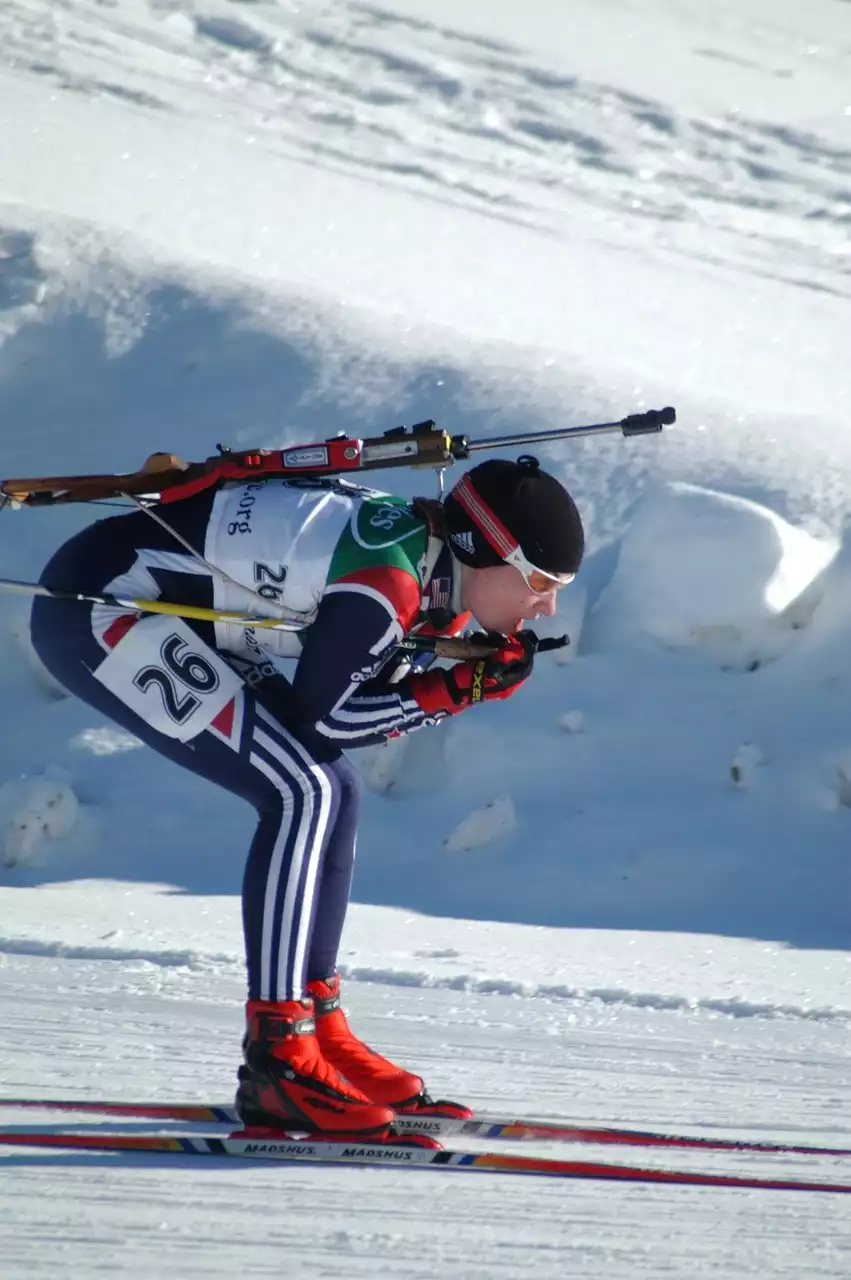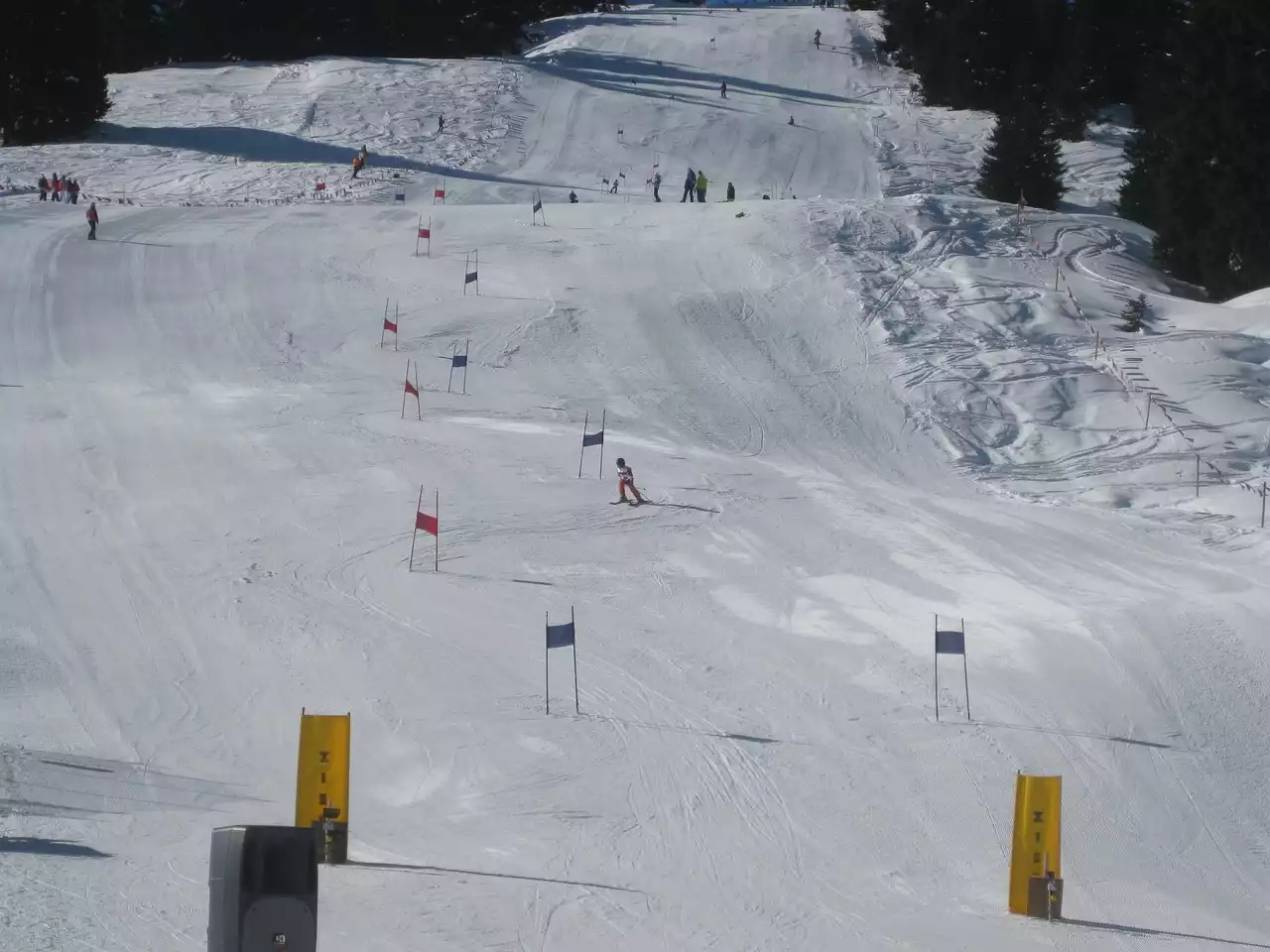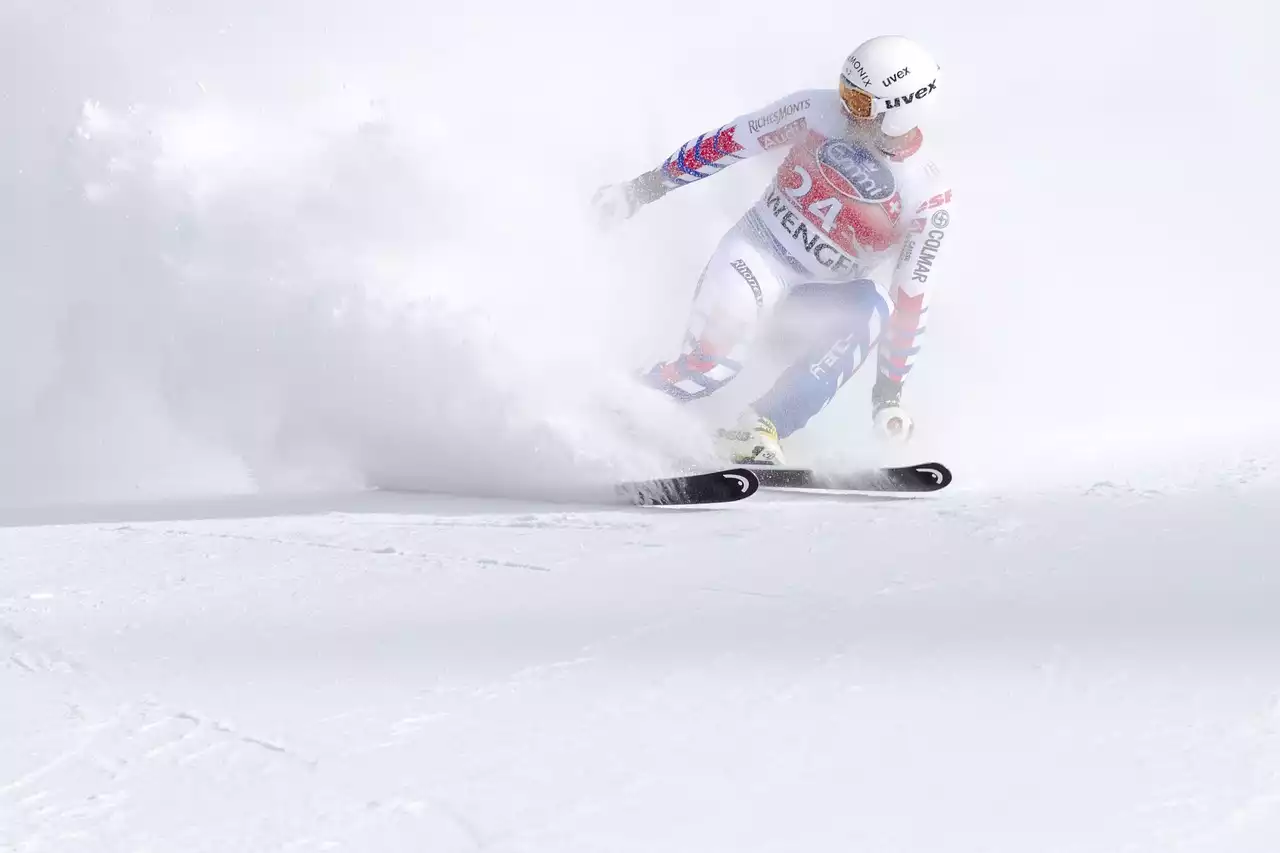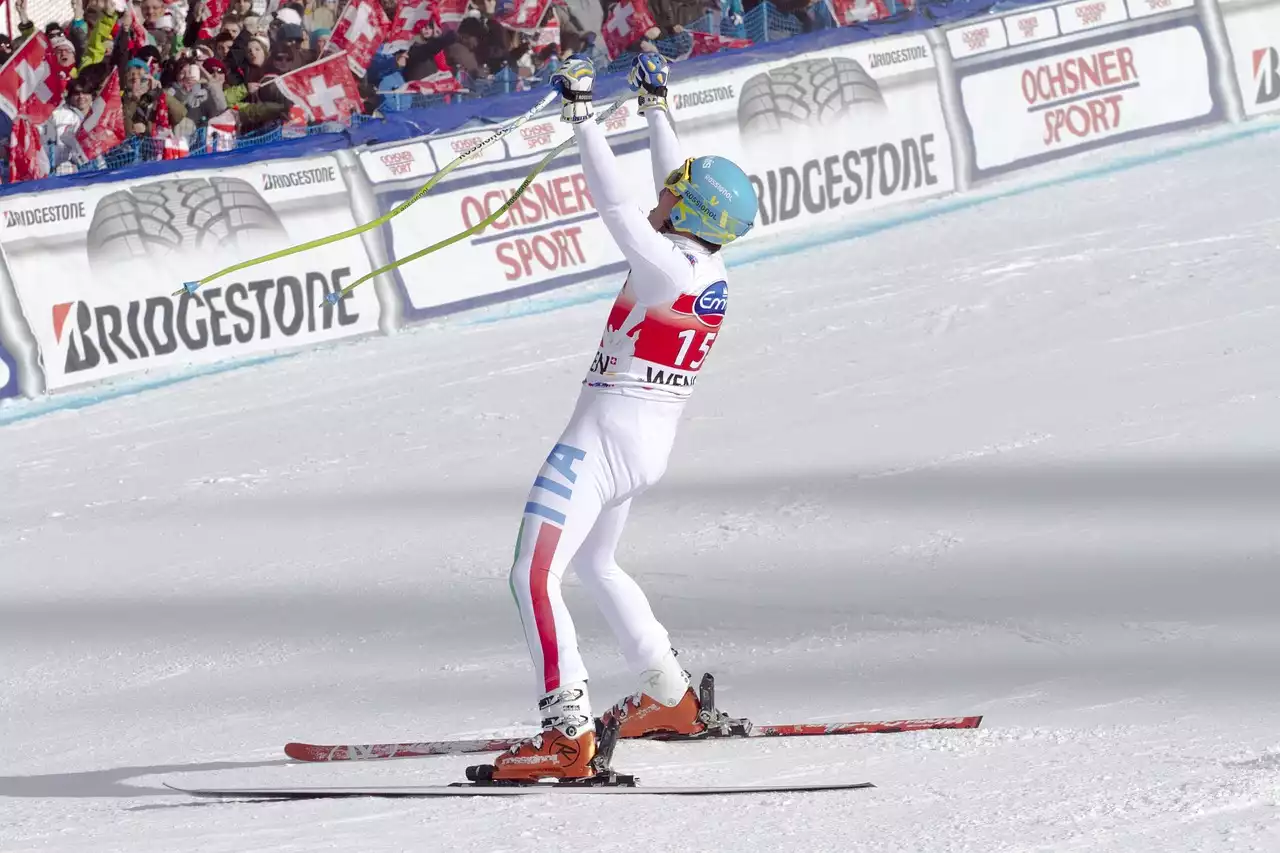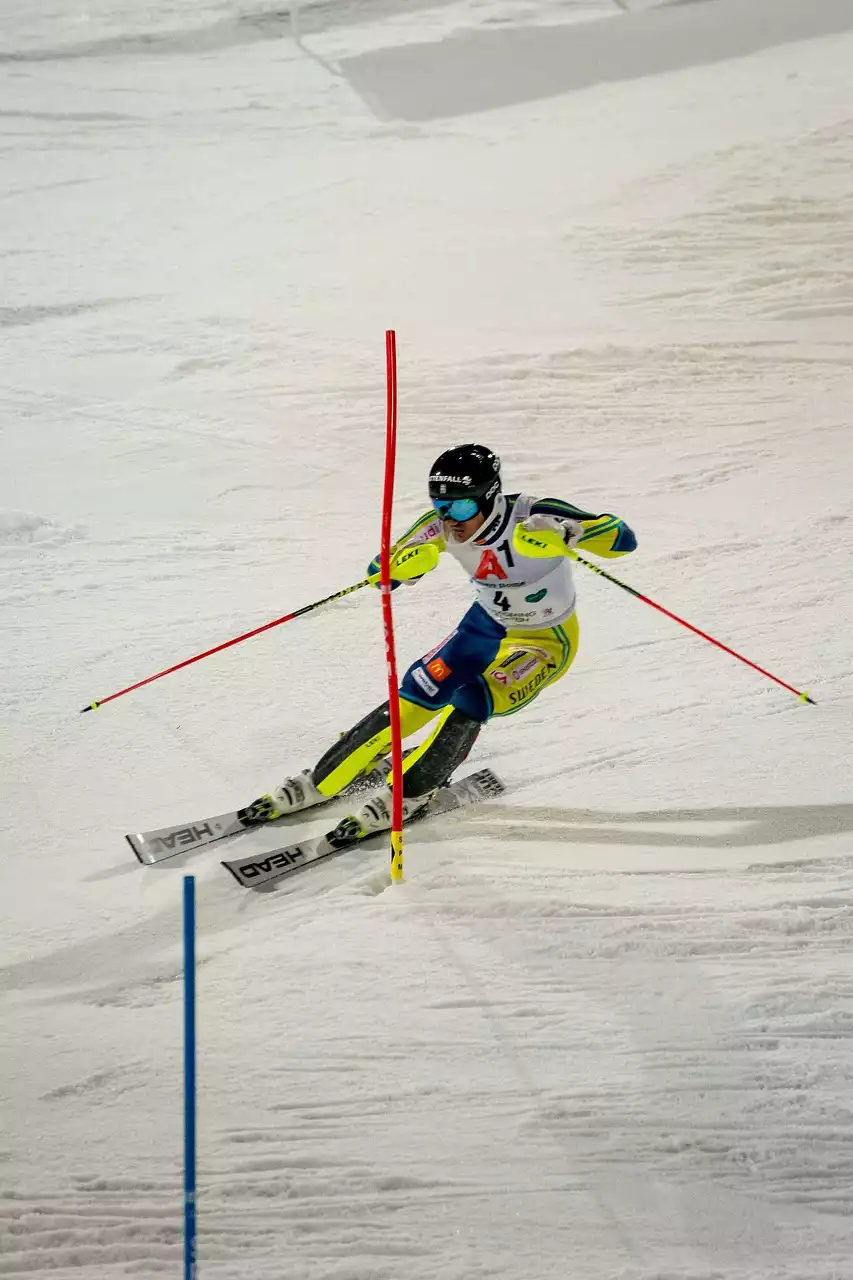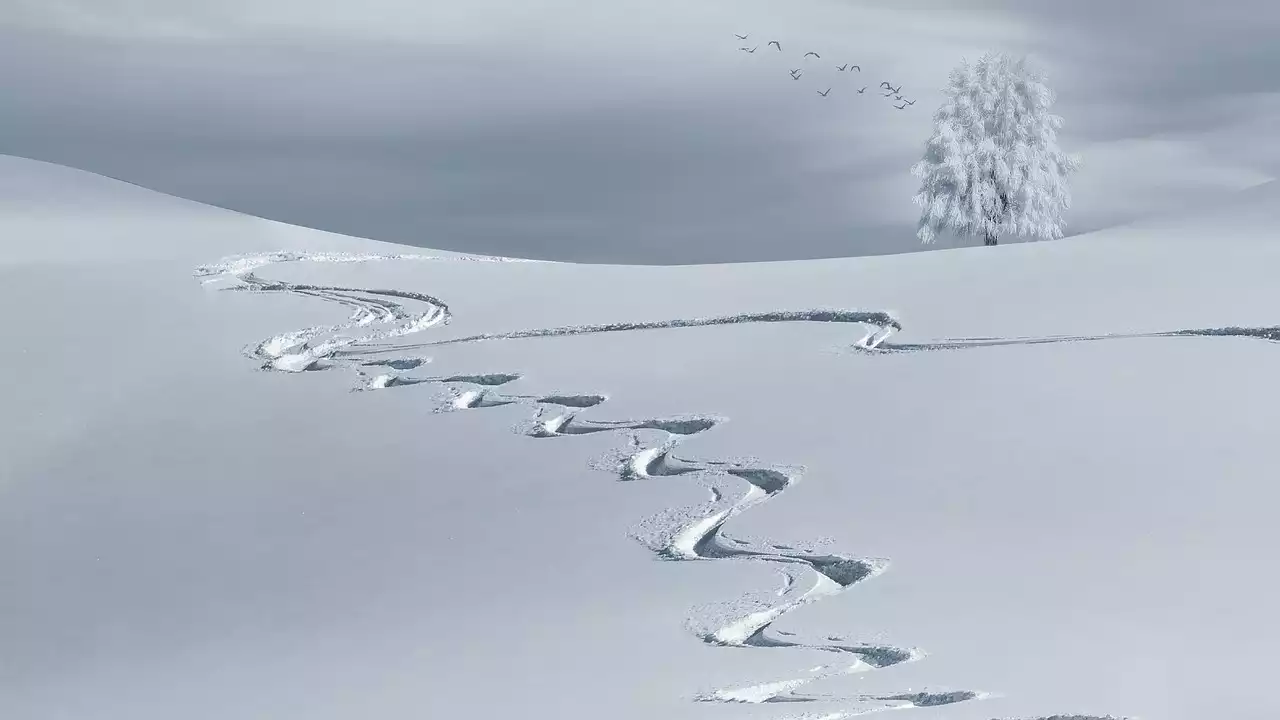The Hahnenkamm: history and overview
The Hahnenkamm ski race takes place in Kitzbühel, Austria, every year and is considered one of the most challenging ski races in the world. The event has been held since 1931 and attracts thousands of spectators and top athletes from around the world. The race takes place on the Hahnenkamm mountain and includes three events: the downhill, the slalom, and the super-G.
The Hahnenkamm is known for its treacherous downhill course, the Streif, which is considered one of the most challenging downhill courses in the world. The course is 3.3 kilometers long and has an average gradient of 27.8%, with sections that reach up to 85% gradient. The course includes several jumps, steep drops, and tight turns and requires skiers to have excellent technical skills, strength, and bravery.
Despite its difficulty, the Hahnenkamm has become a beloved event in the skiing world and is a highlight of the World Cup circuit. The race has produced many legendary skiers and memorable moments and has solidified its place as one of the most epic ski races in the world.
The Hahnenkamm: the Streif course
The Streif course is the centerpiece of the Hahnenkamm ski race and is considered one of the most challenging downhill courses in the world. The course has a vertical drop of 860 meters and includes several jumps, steep drops, and tight turns. Skiers reach speeds of up to 140 km/h during the race and must have excellent technical skills, strength, and bravery to navigate the course.
The most challenging section of the course is the Mausefalle, which is a steep and narrow drop that leads into a jump. Skiers must maintain their speed and balance to clear the jump and avoid crashing. Another challenging section is the Steilhang, which is a steep and icy slope that requires skiers to make quick turns to avoid losing control.
The Streif course is known for its unforgiving nature, and many skiers have suffered injuries or crashes during the race. However, the course has also produced many memorable moments and legendary skiers, including Franz Klammer, who set the course record in 1975 and is considered one of the greatest downhill skiers of all time.
The Hahnenkamm: notable moments and records
The Hahnenkamm ski race has produced many memorable moments and legendary skiers over the years. One of the most iconic moments in the race's history is Franz Klammer's gold medal-winning run in 1976, where he took risks and pushed himself to the limit to set a new course record. Another legendary skier is Austrian Hermann Maier, who won the race three times and is considered one of the greatest skiers of all time.
Other notable moments include American Bode Miller's victory in 2004, where he became the first American to win the downhill race in 22 years. In 2013, Italian skier Dominik Paris won the race and set a new course record of 1:55.42, beating Klammer's record by 0.13 seconds.
The Vasaloppet: history and overview
The Vasaloppet is the world's oldest, longest, and largest cross-country ski race, held in Sweden every year. The race was first held in 1922 and is named after King Gustav Vasa, who escaped from Danish troops on skis in the 16th century. The race covers a distance of 90 kilometers and attracts thousands of skiers from around the world.
The Vasaloppet is steeped in history and tradition and is a celebration of Swedish skiing culture. The race takes place in the province of Dalarna, where skiing has been a way of life for centuries. The course follows the same route that King Gustav Vasa took on his escape and includes several checkpoints where skiers can refuel and rest.
The race is divided into several categories, including elite, classic, and women's races, and attracts skiers of all levels. The Vasaloppet is not just a race but a celebration of skiing and Swedish culture and is a must-see event for any skiing enthusiast.
The Vasaloppet: the course and terrain
The Vasaloppet course covers a distance of 90 kilometers and includes both uphill and downhill sections. The course is challenging and requires skiers to have excellent endurance and technique. The terrain includes forests, lakes, and open fields and is a beautiful and scenic route.
The course includes several checkpoints where skiers can refuel and rest, and supporters can cheer them on. The most challenging section of the course is the uphill climb to the finish line, which requires skiers to have excellent endurance and strength.
Despite its difficulty, the Vasaloppet is a beloved event in the skiing world and is a celebration of Swedish skiing culture. The race attracts skiers of all levels and is a must-see event for any skiing enthusiast.
The Vasaloppet: notable moments and records
The Vasaloppet has produced many memorable moments and legendary skiers over the years. One of the most iconic moments in the race's history is Gunde Svan's victory in 1984, where he came back from a 40-second deficit to win the race. Another legendary skier is Per Elofsson, who won the race four times and is considered one of the greatest cross-country skiers of all time.
Other notable moments include Britta Johansson Norgren's victory in 2015, where she set a new course record of 4:08:24, beating the previous record by almost four minutes. In 2018, Norwegian skier Andreas Nygaard won the race after skiing the last 20 kilometers alone to beat his rivals.
Comparing the Hahnenkamm and Vasaloppet
While the Hahnenkamm and Vasaloppet are both legendary ski races, they are very different in nature. The Hahnenkamm is a downhill race that requires skiers to have excellent technical skills, strength, and bravery. The course is treacherous and requires skiers to navigate steep drops, tight turns, and jumps.
Meanwhile, the Vasaloppet is a cross-country race that requires skiers to have excellent endurance and technique. The course is long and challenging, and includes uphill and downhill sections. The terrain is varied and includes forests, lakes, and open fields.
Both races attract top athletes from around the world and are steeped in history and tradition. While the Hahnenkamm is known for its treacherous downhill course and iconic moments, the Vasaloppet is a celebration of skiing and Swedish culture and is the world's oldest, longest, and largest cross-country ski race.
Preparing for epic ski races: training and equipment
Preparing for epic ski races like the Hahnenkamm and Vasaloppet requires a lot of training and the right equipment. Skiers must have excellent endurance, strength, technique, and mental toughness to compete in these races.
For the Hahnenkamm, skiers must have excellent technical skills and the ability to navigate steep drops, tight turns, and jumps. They must also have the right equipment, including skis, boots, and bindings that are designed for downhill racing.
For the Vasaloppet, skiers must have excellent endurance and technique and the ability to ski long distances. They must also have the right equipment, including skis, boots, and poles that are designed for cross-country skiing. Proper clothing and nutrition are also essential for skiers to perform at their best.
